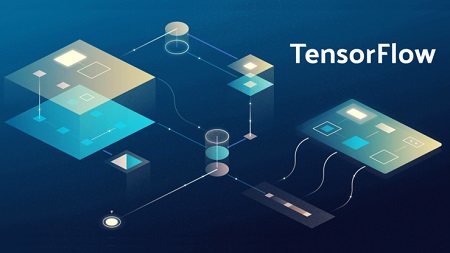
English | MP4 | AVC 1280×720 | AAC 44KHz 2ch | 1h 56m | 865 MB
TensorFlow is popular a library for implementing a range of deep learning solutions but is especially useful for solutions that deal with images. This course will teach you the basics of how to use TensorFlow to implement the most typical scenarios.
Running images through deep learning models is potentially the most typical scenario in which deep learning is used today. In this course, Implementing Image Recognition Systems with TensorFlow, you will learn the basics of how to implement a solution for the most typical deep learning imaging scenarios. First, you will learn how to pick a TensorFlow model architecture if you can implement your solution with pre-existing, pre-trained models. Next, you will learn how to extend such models using your own training images by taking advantage of transfer learning. Finally, you will see how to use more advanced solutions to do more advanced processing on images, like segmentation, and even learn how to implement a facial recognition solution. When you are finished with this course, you will have the skills and knowledge of TensorFlow and imaging in order to implement your own solutions successfully.
Table of Contents
1 Course Overview
2 Introduction
3 Some ML Imaging Basics
4 ML and Imaging
5 Over and Underfitting
6 Summary
7 Introduction
8 Steps for Picking a Model
9 Picking Your Model
10 Demo – Using a TensorFlow Model
11 Demo – Creating a Session and Using Tensorboard
12 Demo – Getting Predictions
13 Demo – Predictions into Human Readable Names
14 Introduction
15 Transfer Learning Limitations
16 Demo – Transfer Learning
17 Demo – Preparing the Images
18 Demo – TensorFlow Hub and Retraining
19 Demo – Code Updates to Run the New Model
20 Summary
21 Introduction
22 Localization
23 Segementation
24 Demo – Segmentation
25 Summary
26 Introduction
27 Demo – Using Facenet
28 Demo – Building the Classifier
29 Summary
Resolve the captcha to access the links!